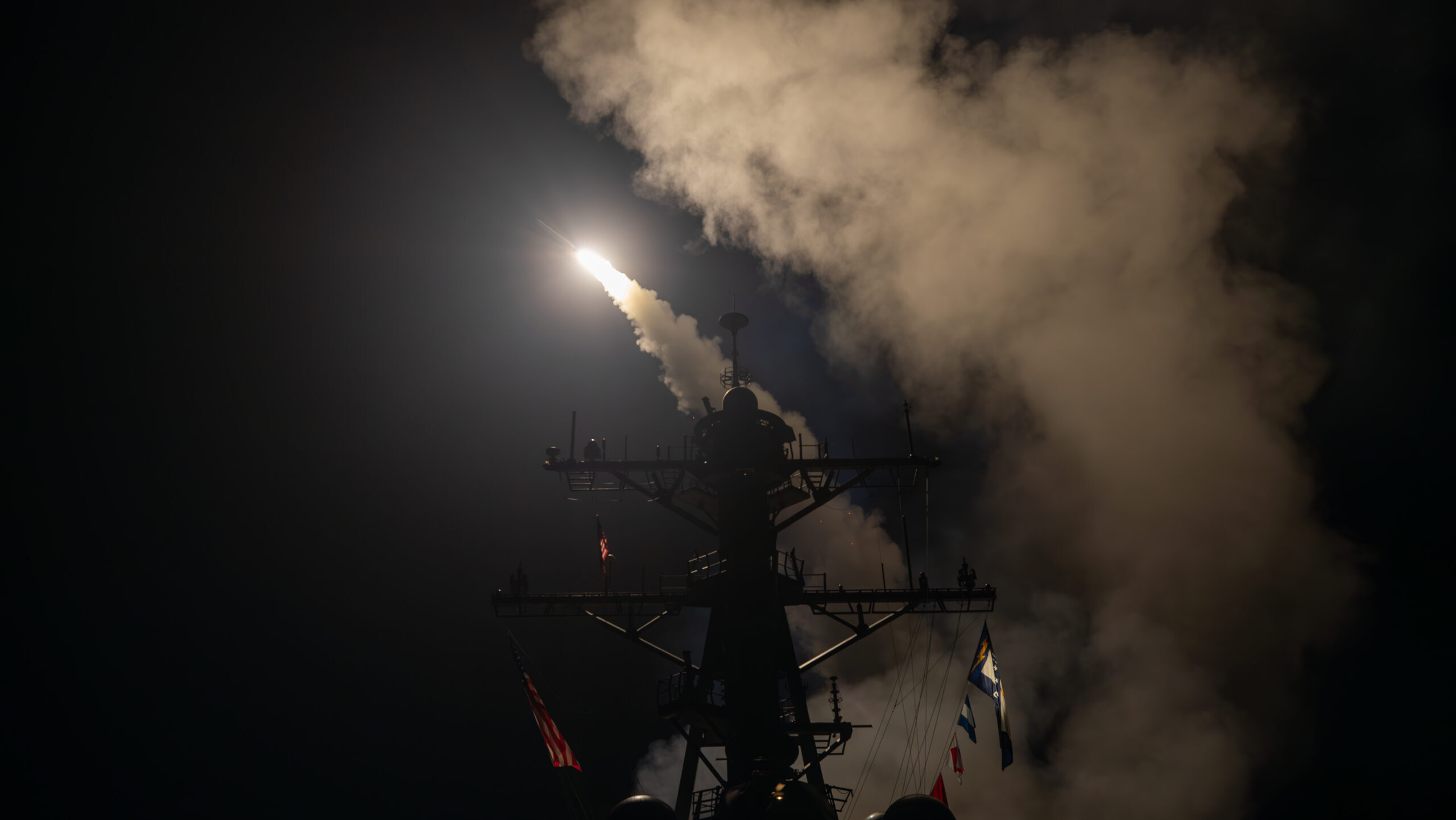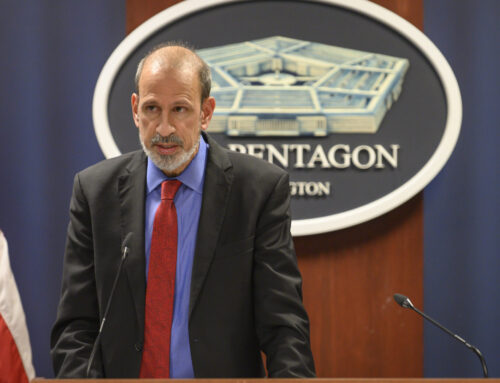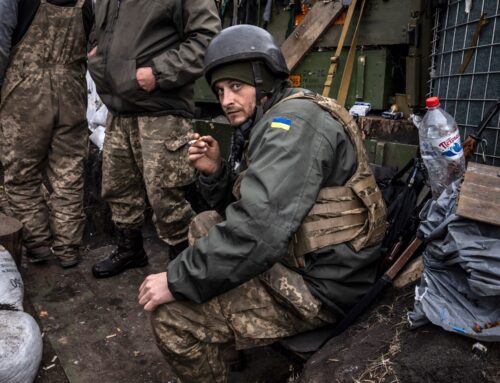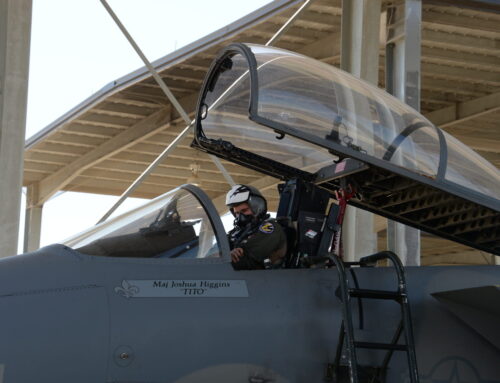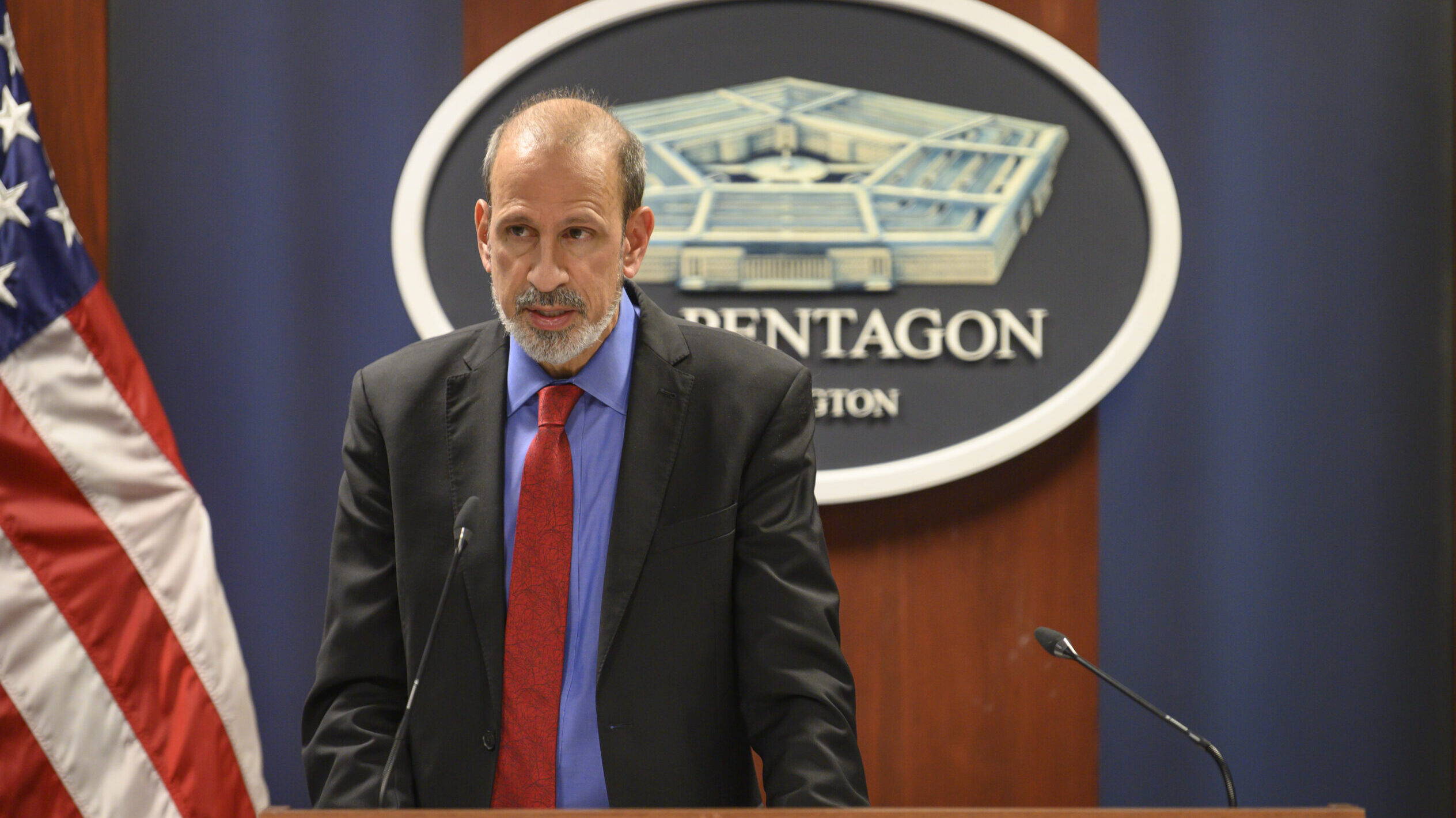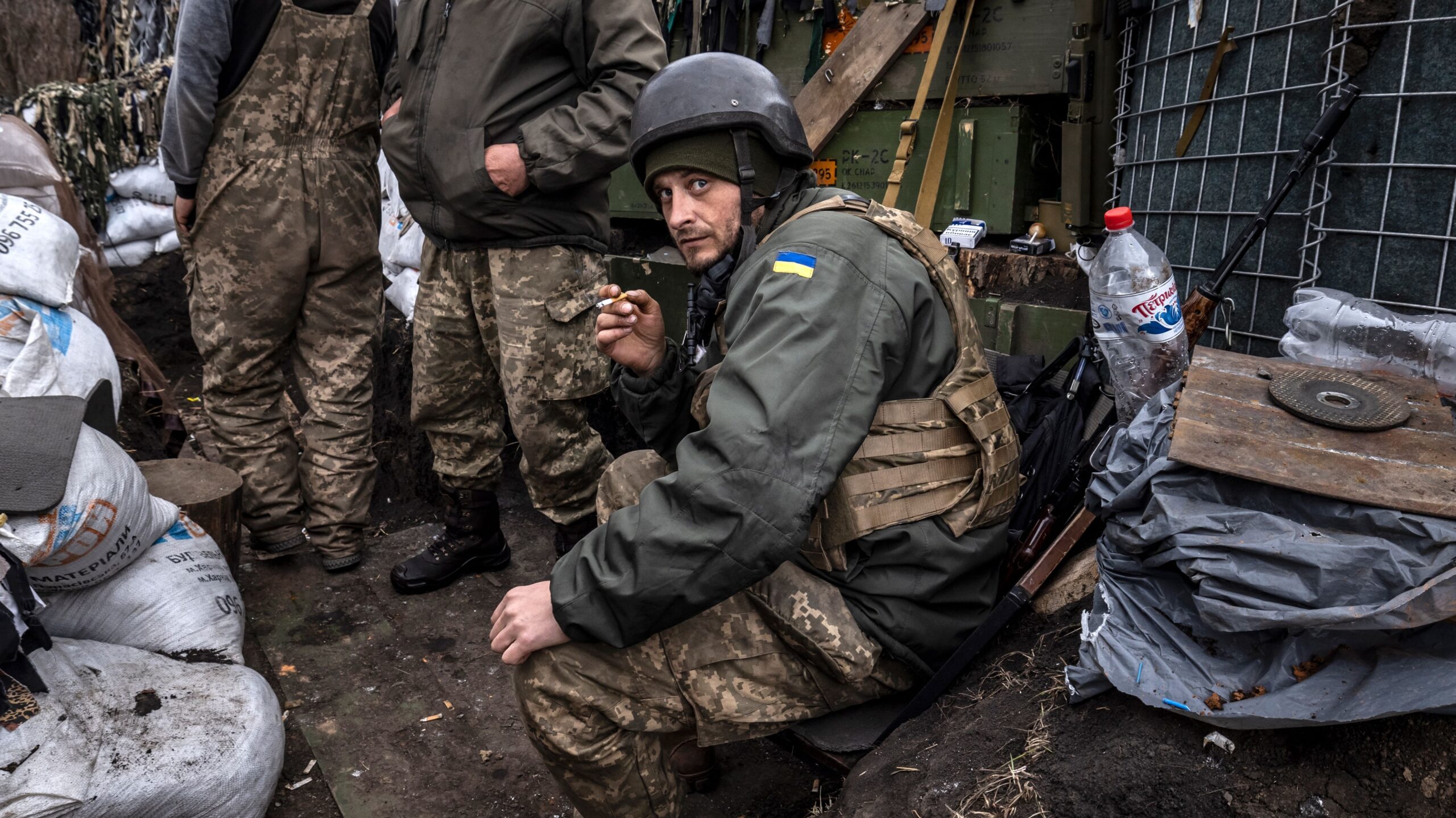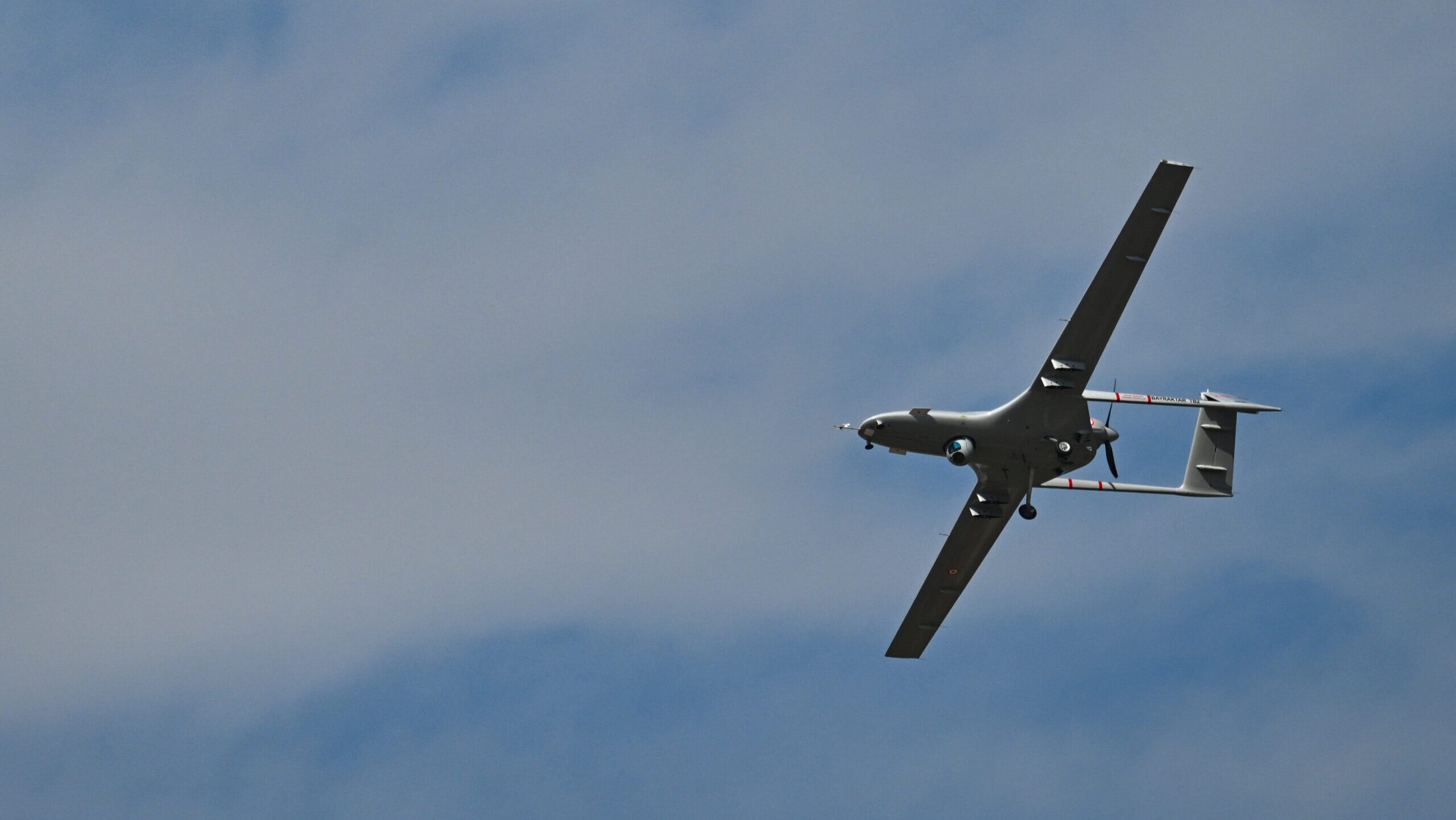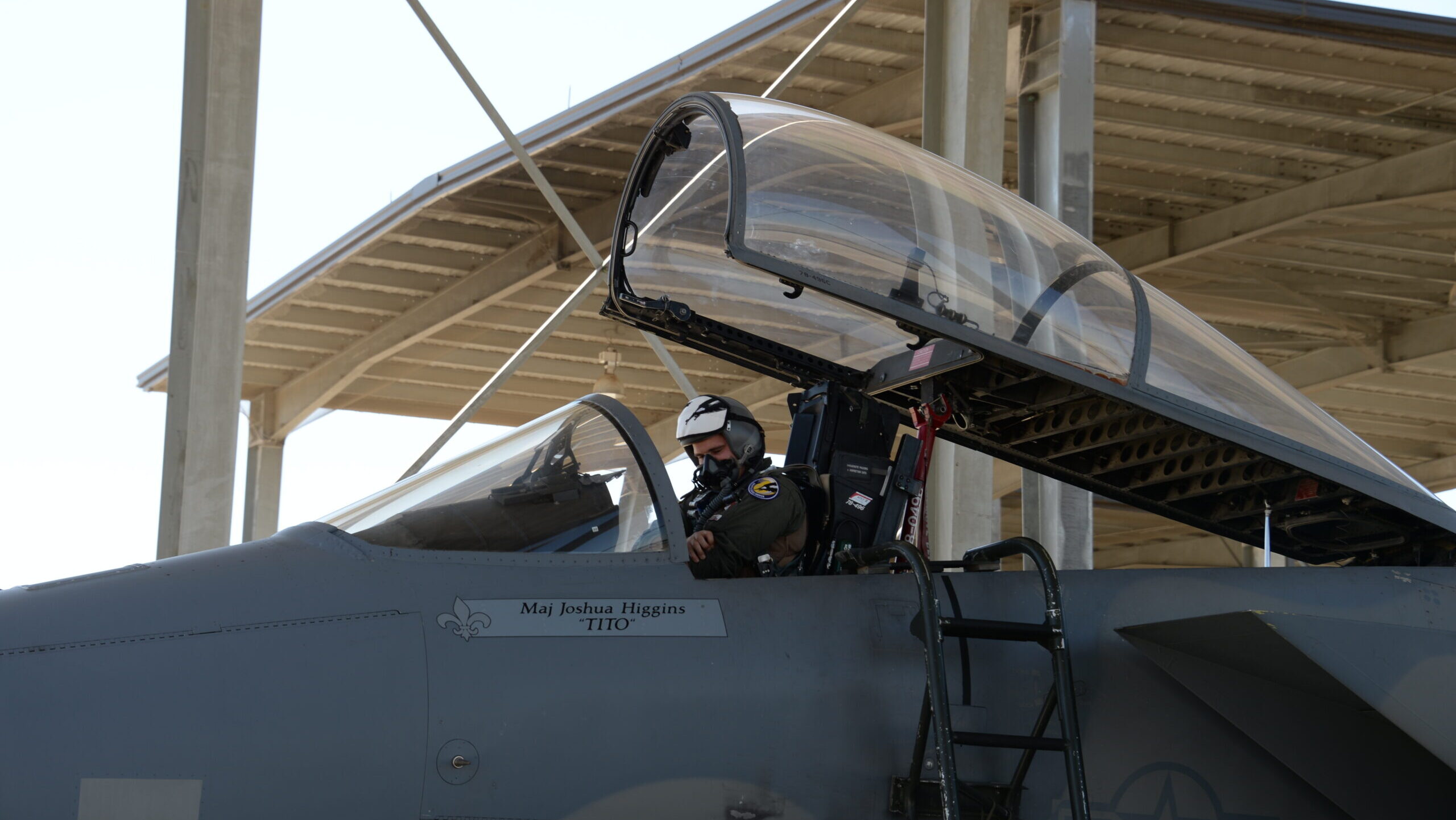The guided-missile destroyer USS Gravely (DDG 107) launches Tomahawk Land Attack Missiles in response to increased Iranian-backed Houthi malign behavior in the Red Sea Jan. 12, 2024. (U.S. Navy photo by Mass Communication Specialist 1st Class Jonathan Word)
NAVAL SUBMARINE LEAGUE — As President-elect Donald Trump prepares to reenter the White House, a controversial nuclear weapon project launched during his first term is running up against industrial realities that challenge its tight timeline, according to the four-star admiral in charge. But a former Trump official who helped start the program thinks the Navy is exaggerating the difficulties.
Intended as a relatively low-yield, submarine-launched weapon counter to Russian and Chinese “tactical” nuclear weapons, the Sea-Launched Cruise Missile – Nuclear (SLCM-N) was denounced by arms control activists as destabilizing. The Biden administration attempted to defund it, only to be overruled by Congress. Trump’s impending return to the White House can only help the program.
Now, however, comes the hard part: actually building the thing.
“It’s a very, very aggressive timeline” to field an “initial capability” for SLCM-N by 2034, as Congress requires, said Vice Admiral Johnny Wolfe, director of the Navy’s Strategic Systems Program (SSP).
“This is truly a capability we have to build from the ground up,” Wolfe told the annual conference of the Naval Submarine League on Thursday. “How can I get other players in the game?… How do we bring this in organically and stand up an entire new workforce and industrial base?”
Wolfe said the Navy had established a new program office dedicated to the project earlier this year and has launched in-depth studies of the trade-offs required.
“We’re starting to understand what is it going to take… to stand an entirely new industrial base,” he said.
But Wolfe’s skepticism was baffling to another key figure closely linked to the SCLM-N program: Robert Soofer, one of the leading architects of the Trump administration’s plan for the missile.
“If you’re going to tell President Trump it’s going to take you 10 years to make a new missile, he’s going to go ballistic — pardon the pun,” Soofer, former deputy assistant secretary for nuclear and missile defense policy, said on a call with Breaking Defense. “He’s going to say, ‘We’re going to need another option.’”
Soofer said the work should take five years at most, modifying non-nuclear weapons already in service rather than starting from scratch and building new industry capability.
“I guarantee you that the Navy did not object to this the first time around. There wasn’t a peep, there wasn’t a sound, about how difficult this would be for the industrial base,” Soofer said.
“For goodness’s sake, don’t start from scratch!” he said. “Why can’t we use the latest version of the Tomahawk missile, the Block V?”
Nuclear Tomahawks, Take Two?
The original idea for Sea-Launched Cruise Missile – Nuclear was to simply resurrect the nuclear-tipped variant of the ubiquitous Tomahawk.
While the nuclear version was withdrawn from naval service by George W. Bush and retired altogether under Barack Obama, non-nuclear variants of the Tomahawk have been in almost continuous production, with multiple upgrades, since the early 1980s. Now built by Raytheon in both land-attack and anti-ship variants, the adaptable weapon is in use not only on Navy submarines and surface warships, but also with newly developed land-based launchers in the Army and Marine Corps, as well as foreign allies like Japan and potentially the Netherlands.
“We have a missile, a Tomahawk missile, that has been upgraded continuously to the Block V. It’s got the range that we need,” Soofer told Breaking Defense. “I guarantee you that the labs can put a nuclear warhead on that.” (The “labs” are the longstanding nuclear weapons facilities at Los Alamos and elsewhere).
Wolfe, however, was emphatic at the submariners’ conference that he couldn’t just recreate the Cold War nuclear-tipped Tomahawk.
“We can’t reconstitute that, okay?” he said. “It’s not that easy.”
Why not? Wolfe didn’t divulge details, but a Navy spokesperson told Breaking Defense on Friday that the admiral’s concern was not about finding a workable nuclear warhead — which is the Energy Department’s job, not the Navy’s, in any case — but about ramping up production of an appropriate missile.
“Vice Adm. Wolfe was referring to the industrial base required for producing the SLCM-N delivery system when he made that comment, not the warhead portion,” the spokesperson said. “The requirement to deliver SLCM-N would increase the capacity requirement amongst industry to a level that had not previously been accounted for.”
While the Navy didn’t say so explicitly, the implication is that industry may struggle to make enough missiles — whether they’re Tomahawks or something else — to meet demand for SLCM-N on top of all the other precision munitions the Pentagon is buying. Part of the context here is that US missile manufacturers are already ramping up production to meet the anticipated demands of a conventional war with China, including by US allies like Japan.
In addition to standing up the new program office within Strategic Systems, Wolfe said he is reaching out to the Navy’s fast attack submarine (SSN) officers, who have not had to handle nuclear weapons since the 1990s.
While Wolfe didn’t discuss this aspect and details are classified, SSNs also may not have the same secure long-range communications systems that the larger ballistic missile boats (SSBNs) use to receive and authenticate nuclear launch orders, and the SSN’s tactical role often requires them to enter hostile waters in a way SSBNs do not.
A further complication, Wolfe said, is SSP’s full plate of other programs. One is the introduction of a new non-nuclear hypersonic missile, known as Conventional Prompt Strike (CPS), for use by both Zumwalt-class destroyers and fast-attack submarines. (The same missile, with different packaging, will also be used by the Army’s truck-mounted Dark Eagle launchers).
Hypersonics will also require building a new industrial base, as well as testing infrastructure, all on a tight timeline, he said. What’s more, as conventional weapons, they are also a sharp departure from SSP’s decades-long laser focus on nuclear weapons.
The other SSP priority, however, is right in the organization’s traditional lane: a major upgrade to the mainstay of US deterrence, the strategic, ballistic Trident II D5, which will ultimately go on the Navy’s next-generation SSBN, the Columbia class. Keeping the Trident serviceable and up to date for decades to come is a non-negotiable top priority, Wolfe emphasized at the conference.
“We’re not going to take away from the strategic, Trident deterrent,” he said. “We can’t hurt other Navy programs — or Air Force programs — as we stand this up.”
For the nuclear cruise missile, Wolfe said, “we are doing the trade studies. … We are going to continue the dialogue with OSD [the Office of the Secretary of Defense], we’re going to continue the dialogue with the Hill, as we start to understand what would a program would look like.”
Soofer was optimistic about how that dialogue would go. “Johnny Wolfe’s a good man,” he said. If he gets the guidance to shorten that timeline, he can be creative.”


